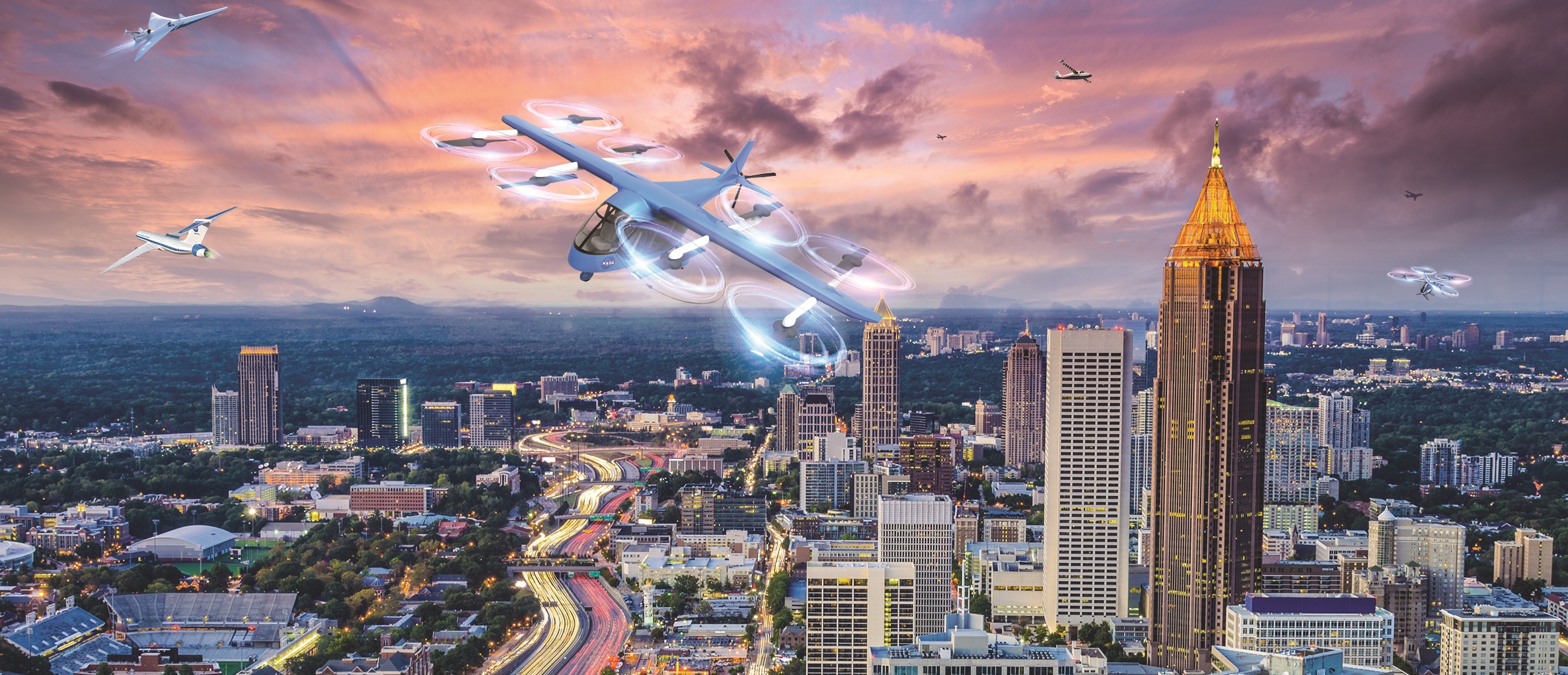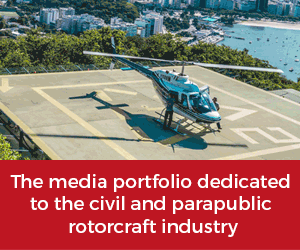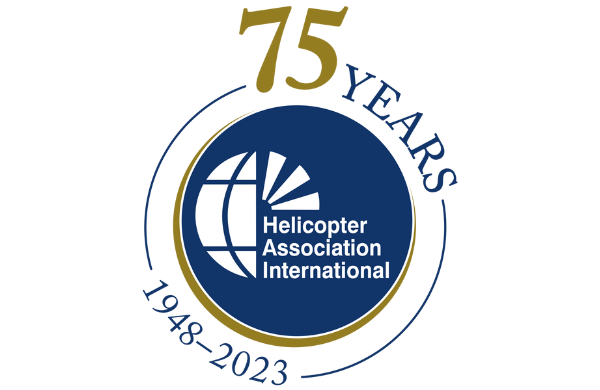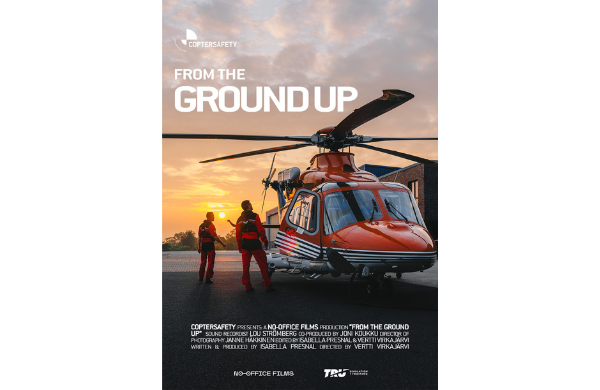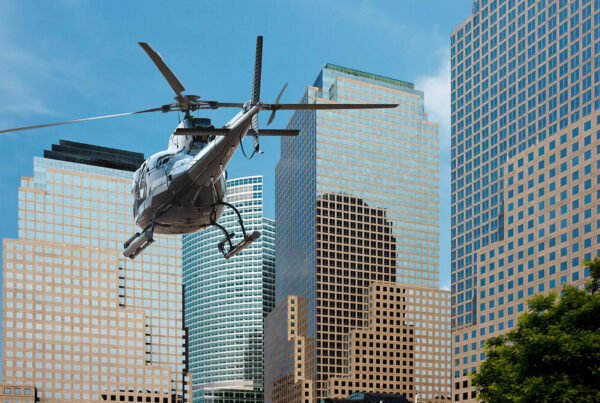I have to admit that I am slightly sceptical about the development of numerous eVTOL projects. Sure, I can’t wait to see the first practical designs in regular service and trust me, I’ll be near the front of the queue when they start to appear at trade shows and are offering media demonstration flights. But it seems barely a month goes by when yet another design is unveiled, and those within the media are flooded with high-end graphics and potential press release blurbs of how this model will trump all others.
But it now appears that I am in the minority, with the recent announcement that NASA has given a grant of US$6 million to a team of engineers led by the University of California, San Diego. The funding will support computational design tools to help US companies develop more efficient air taxi designs faster.
“This project is part of a growing field called urban air mobility, an exciting vision enabling point-to-point, on-demand air travel within densely populated areas,” said John Hwang, Professor of Mechanical and Aerospace Engineering at the Jacobs School of Engineering at UC San Diego and principal investigator for the project. “We will combine multidisciplinary computational models of urban air mobility vehicles and advanced design optimisation algorithms to develop methods and tools for rapidly designing safe, quiet and affordable vehicle concepts.”
The three-year project will conclude with a set of open-source simulation and optimisation tools that any company can use to design the best eVTOL aircraft for their need. Included with the paper will be parameters such as passenger numbers, desired cruise speed, and range requirement. These tools will allow engineers to determine the optimal number and shape of rotors, wing shape, structural design, propulsion system sizing, and other design aspects that yield the most cost-efficient vehicle while ensuring it is safe and operates quietly.
“Given a computational model, state-of-the-art design-optimisation algorithms can efficiently search for the optimal values of up to tens of thousands of design parameters that minimise or maximise some specified objective, such as vehicle operating cost,” said Hwang. “We will develop models for all aspects of the aircraft – such as aerodynamics, structures, acoustics, battery, and motor performance – and leverage these optimisation algorithms to navigate the most complex and unintuitive aspects of the eVTOL aircraft design problem.”
With the first examples expected to be operational within the next five years, and a NASA market study report estimating that such services will be profitable by 2030, it all appears to be a very positive outlook for eVTOLs. I honestly hope that I am incorrect in my scepticism and ask any eVTOL manufacturer to get in touch once they have a full-size working example. I’d certainly be interested in going for a spin.
